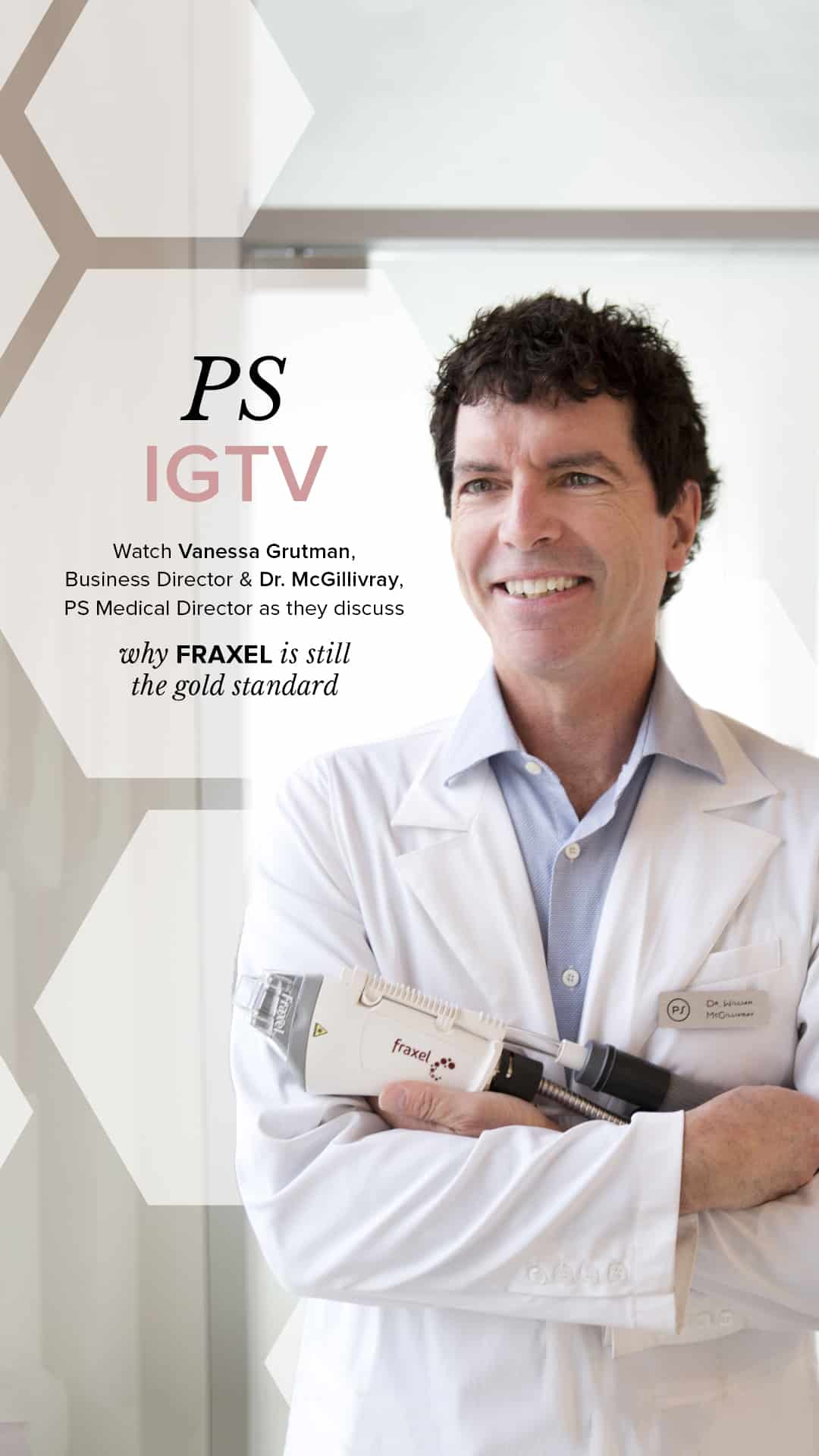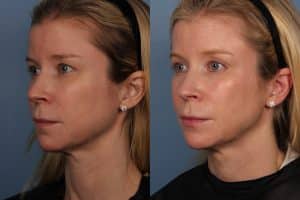Since reopening our doors as part of BC’s Phase 3 Restart Plan, the safety of our patients and team at Project Skin MD has remained our number 1 priority. We have gradually re-introduced our services, carefully designing protocols and taking precautionary measures to prioritize health and safety, first and foremost. As such, we are so excited to share with you that we are ready to relaunch our favourite Fall treatment, the Fraxel® laser!
During our latest episode of IGTV, Project Skin MD Business Director, Vanessa Grutman, had the chance to discuss all things Fraxel with our resident expert and Medical Director, Dr. William McGillivray. Dr. McGillivray was the first Canadian physician to use the Fraxel laser over a decade ago, which remains the gold standard and the laser of choice for celebrities and global media today. For more on why it is still the preferred laser treatment for Dr. McGillivray and amongst many top physicians, you can listen in on the discussion here or read on for the highlights:
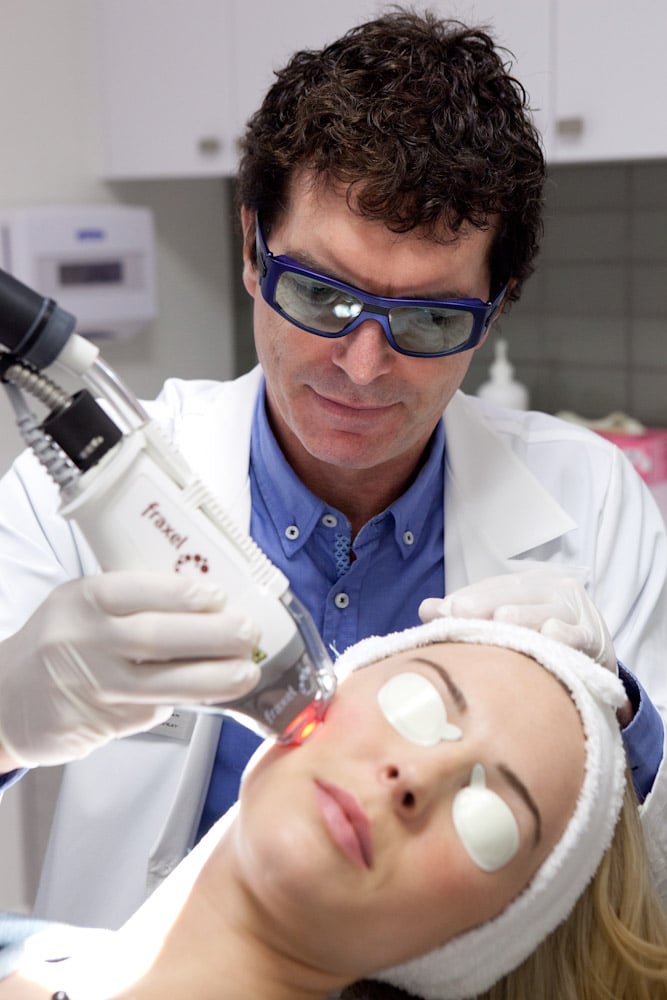
Let’s start with the basics – what is Fraxel®?
Fraxel is a non-ablative resurfacing laser treatment that employs a patented fractionated technology to treat pigmentation, aging skin, pre-cancerous sun damage (actinic keratoses), scars, stretch marks and more. The fractionated technology has many benefits over conventional laser treatments, as by breaking up (i.e. fractionating) the laser beam it becomes safer to treat a wide variety of skin types, treat deeper within the skin, and allows for a faster recovery. Bonus: Fraxel treatments are not only for the face – they can be done on the neck, chest, hands and beyond.
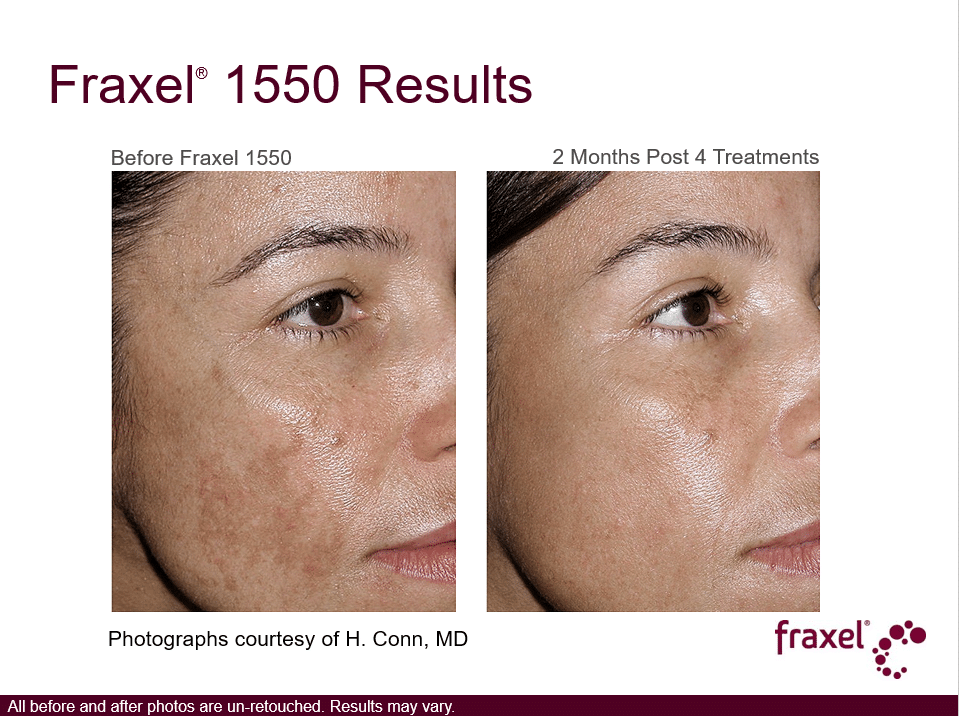
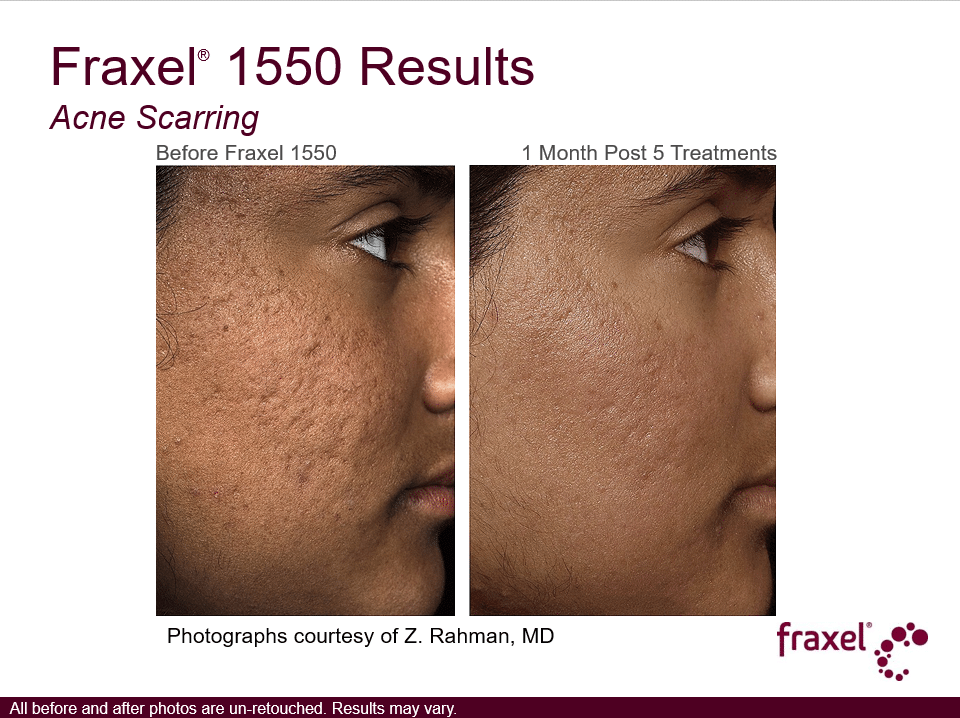
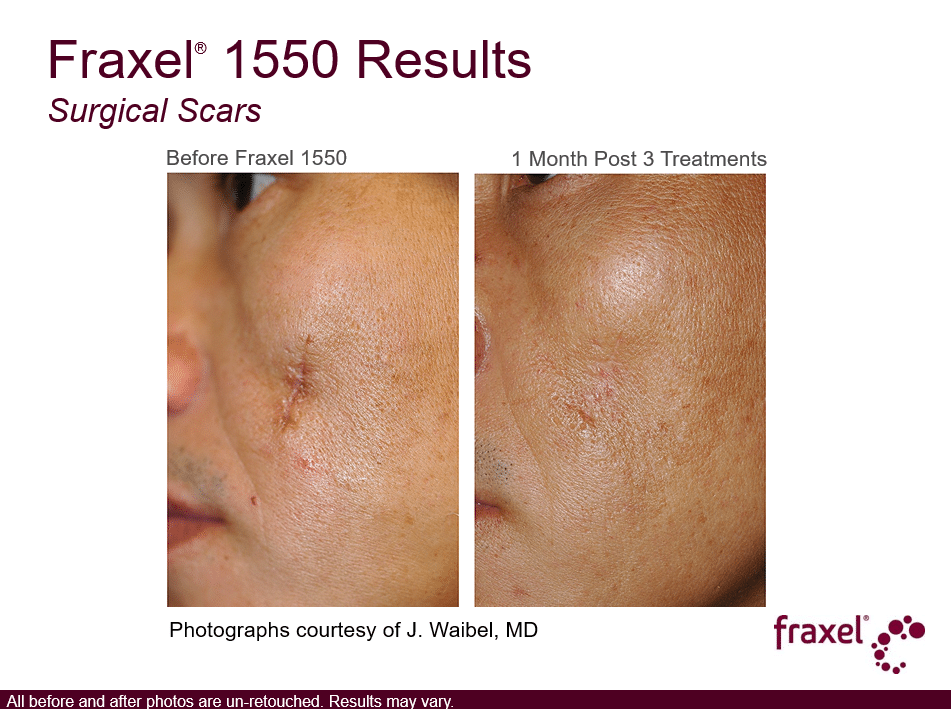

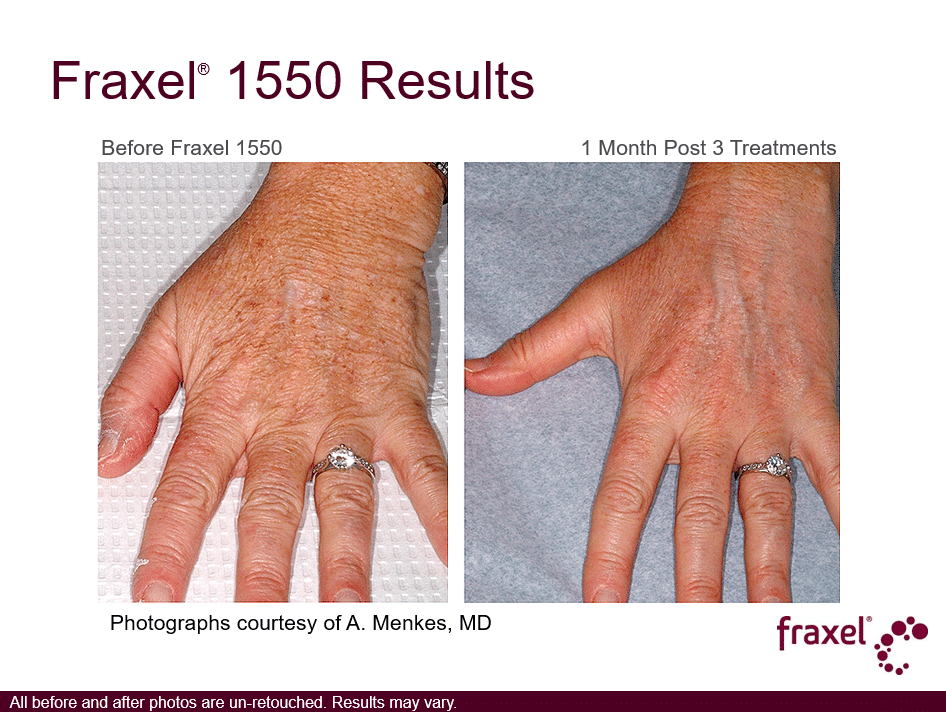
How does it work and how many treatments will I need?
Fraxel treatments are carried out using two unique wavelengths: 1927 and 1550. These wavelengths can be used independently or in combination based on your unique skin needs. We love that that Fraxel is as effective at addressing years of too much fun-in-the-sun as it is at clearing out underlying sun damage from the skin as a preventative measure.
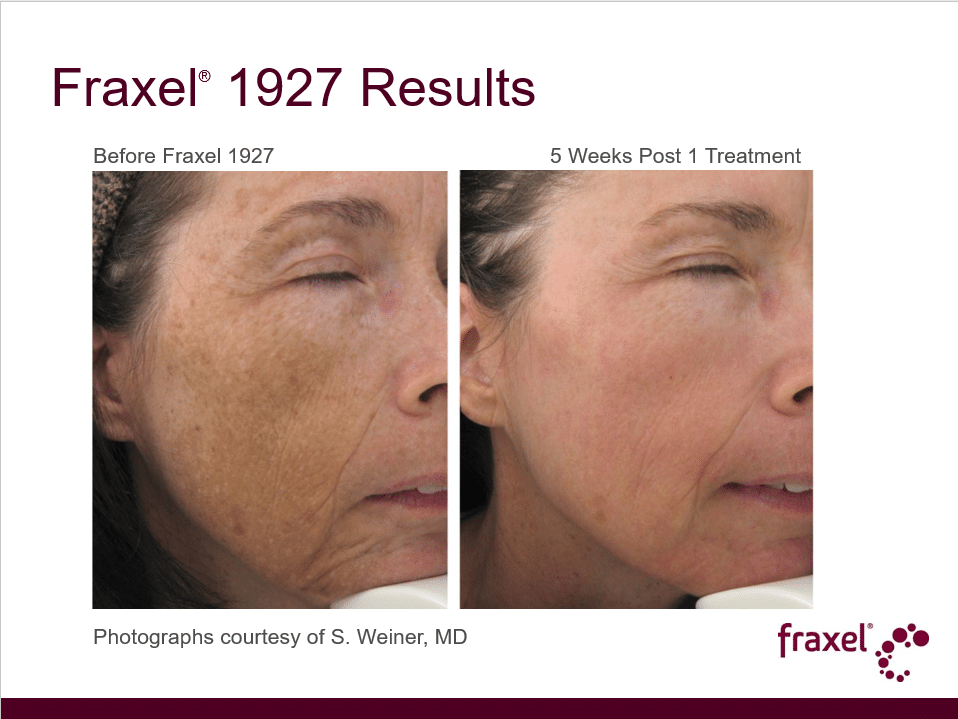
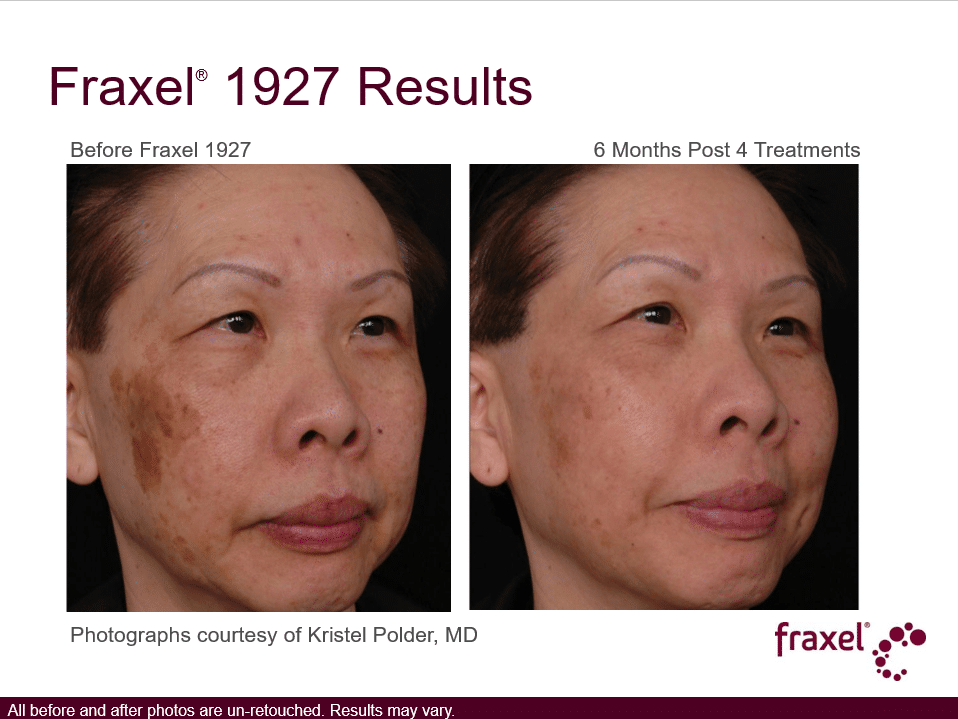
A series of treatments (typically 3-4) will be recommended based on your skin’s needs and availability for social downtime following treatment. #PSTip: a series of treatments will also induce collagen production within the skin, slowing the signs of aging such as fine lines and wrinkles.
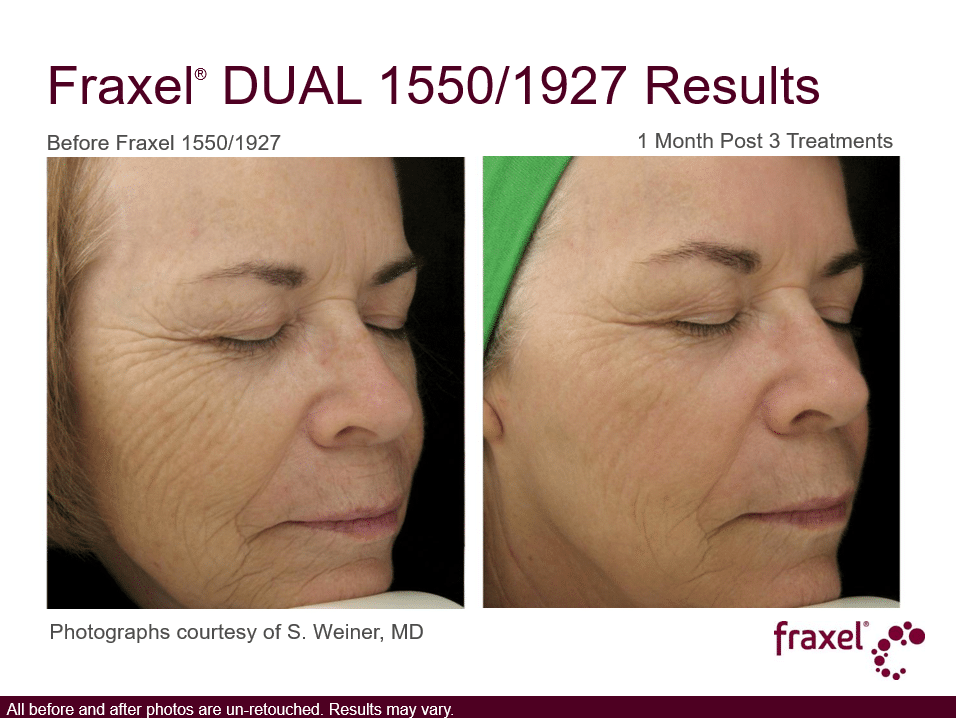
At Project Skin, treatment plans are individualized for each patient. Each treatment can even be customized to specific regions on the face, addressing one concern in a particular area and a different one in another.
What will my recovery look like?
After a Fraxel treatment, underlying pigment and sun damage will naturally surface and fall off, revealing the fresh, glowing skin below. As you can see in the photo progressions that follow, surfacing damage seems to peak between day 2-3 post-treatment.

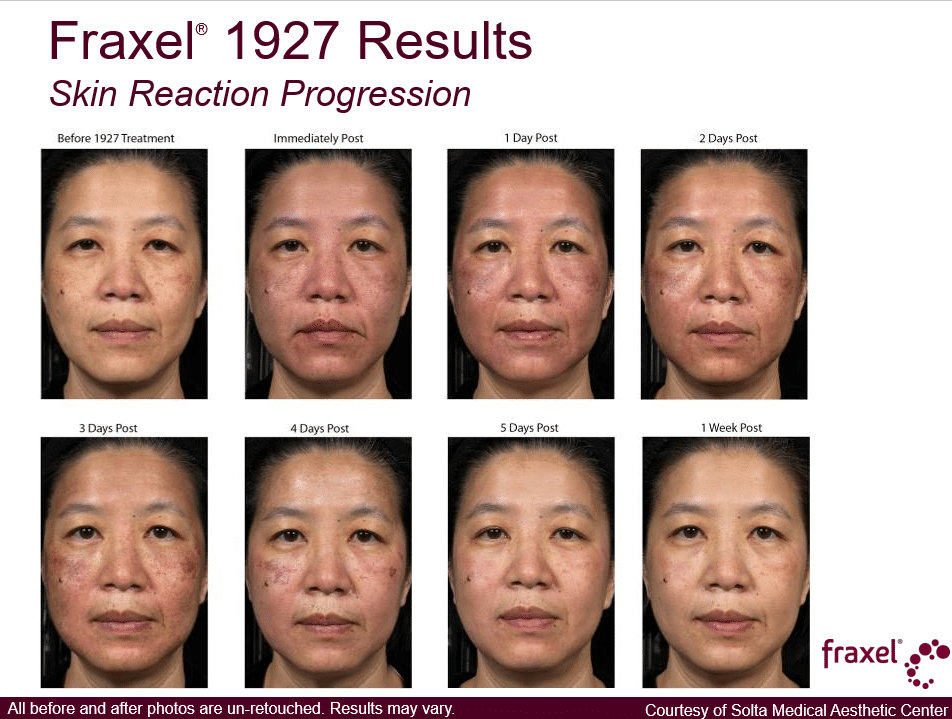
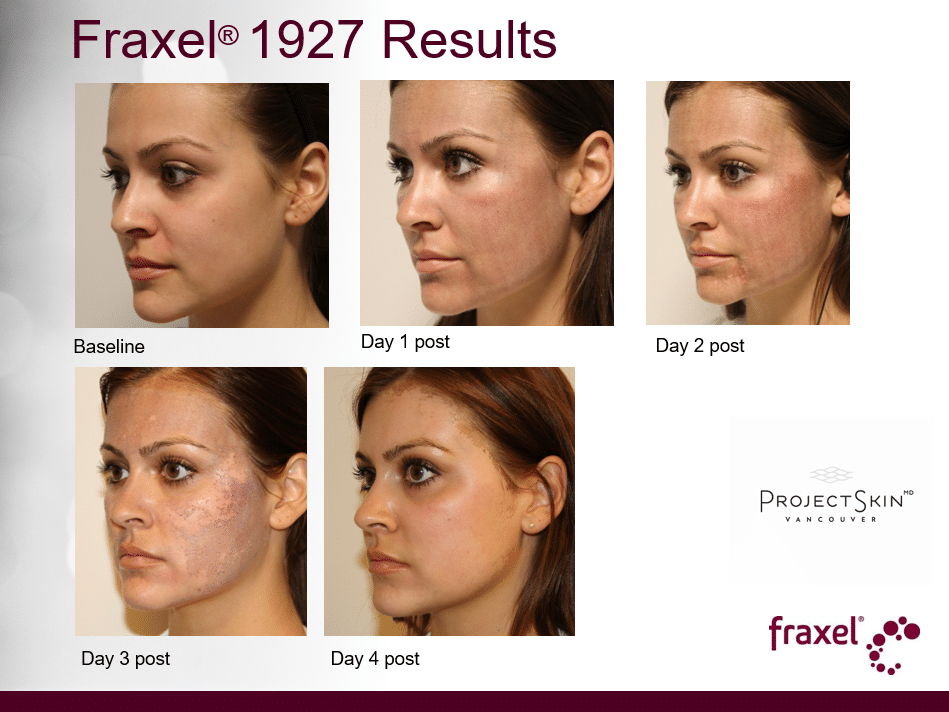
Am I a good candidate for treatment with Fraxel?
A detailed consultation will be important to determine if Fraxel is the right treatment for you. With years of expertise in the clinical applications of the Fraxel technology, Dr. McGillivray can tailor protocols suitable for most patients needs, although Fraxel is not always the treatment of choice for patients prone to post-inflammatory hyperpigmentation, melasma or rosacea. Luckily, we offer a variety of technologies at Project Skin to address different skin concerns, and will suggest a treatment plan that will be the safest and most effective for uniquely you.

